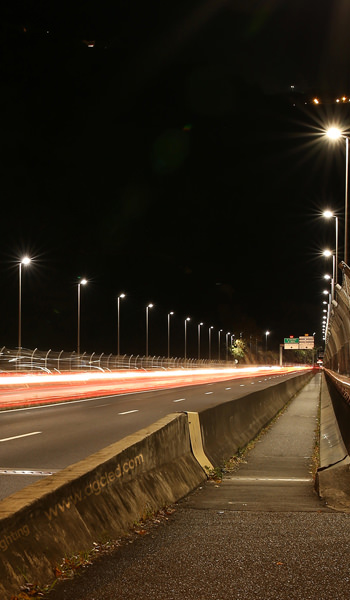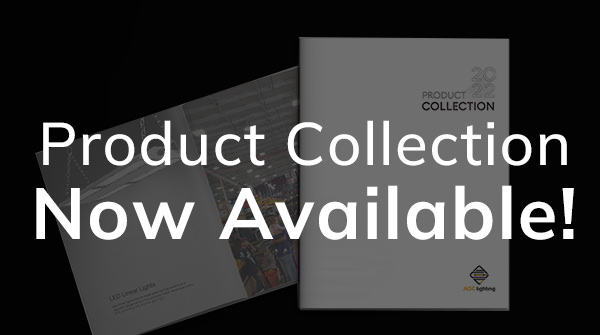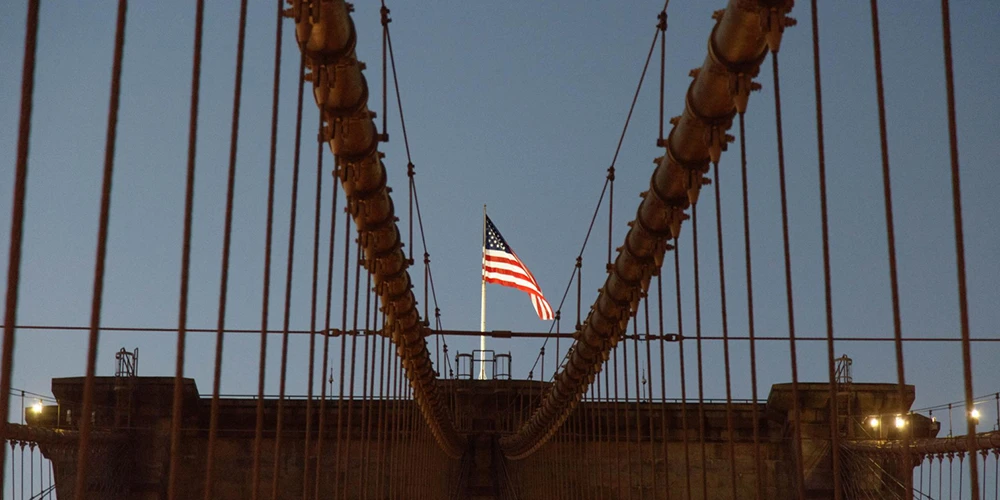RDM means Remote Device Management. It is a new extension to DMX, that ubiquitous system we all use to connect our lighting consoles to our dimmers, moving lights and other varied lighting equipment even some 'non-lighting-related' but compatible devices.
Previously , in terms of lighting control ,DMX has always been a ‘one way’ control system. Data only ever flows in one direction, from the lighting controller outwards to whatever it may be connected to. And the controller has no idea what it is connected to, or even if what it thinks it’s connected to is working, switched on, or even there at all!
RDM changes all that. For the first time, equipment can answer back! RDM allows two way communication between a lighting controller and the fixtures .
Can led flood lights on the high mast be compatible with RDM ? the answer is yes . if you want to use the functions of RDM you will need a controller that can do it. This doesn’t have to be the main lighting desk , it could be a laptop. You will also need devices (fixtures, dimmers etc) that have some degree of RDM control. Importantly, you will need to use RDM compatible DMX buffers/splitters in those parts of your DMX system – these gateways must allow the two way communication all the way back to the controller.
With the addition of RDM, the DMX512 system becomes a bi-directional (half-duplex) system. The controller is able to send out a question to devices on the wire, which can then respond with an answer.
The messages within the protocol cover all the everyday tasks a lighting system manager incurs – setting DMX addresses, modes and other configuration tasks, plus monitoring sensors, usage, status messages and fault finding.
Think of an RDM transaction as a conversation – the lighting desk says ‘tell me your DMX address’ and the fixture responds with ‘my address is 32’. This is known as a GET command. Next the controller can send a SET command, such as ‘set your DMX address to 65’, and the fixture can respond to acknowledge this change. In this way, through GET and SET commands and responses, the RDM protocol allows a control desk to modify and monitor the DMX system in ways never possible before.
DMX512 products do not inherently support RDM
RDM ‘ready’ products have been shipping for many years
Only RDM ‘enabled’ products will actually use the RDM standard – these are not as common as RDM ‘ready’ products, so check the specification sheet of your equipment first.
The RDM standard requires only a limited subset of the functions available within RDM. This means that some equipment that ‘supports’ RDM may not support the features you want – always check with the manufacturer before assuming that something will work.
RDM monitoring
As well as setting DMX addresses from the floor, two way RDM communication between operator and device brings other uses such as:
1)Lamp hours monitoring
2)Temperature sensor reporting
3)Fault codes
4)Fixture mode setting
5)Attribute inverting – Pan/Tilt etc.












